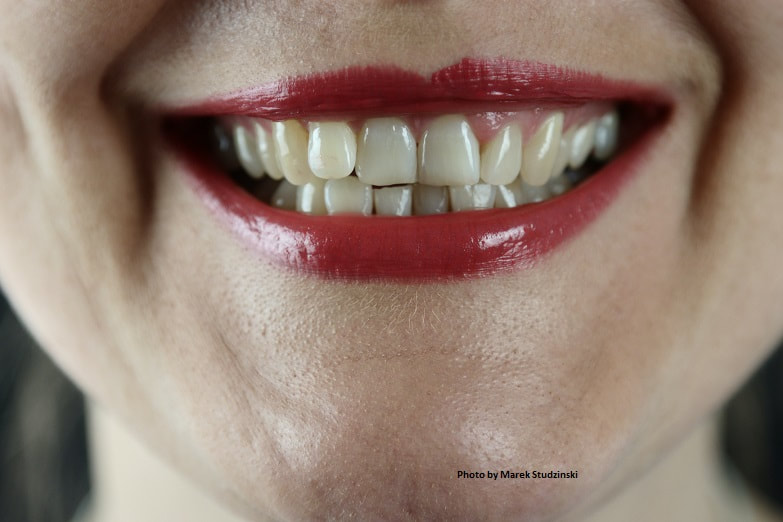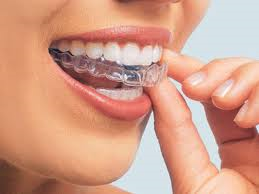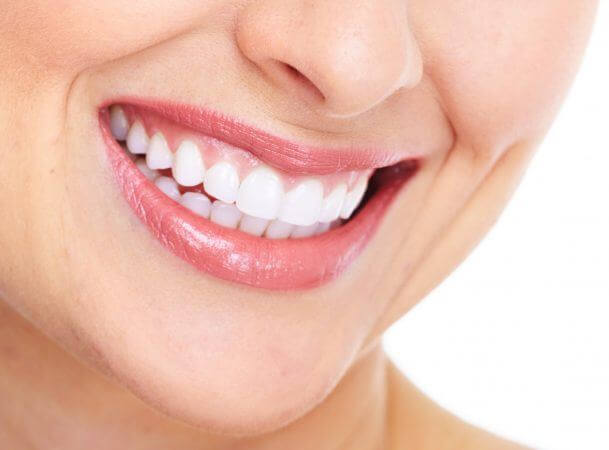|
For most people, the natural colour of their teeth is within a range of light greyish-yellow shades. Teeth naturally darken with age and their appearance can be affected by our daily habits such as tabacco use or staining foods/drinks such as coffee, tea or red wine. These things will all help to contribute to surface stain(s), that over time can change the appearance of the teeth.
This is not the only aspect that contributes to the perception of the appearance of an individuals teeth. Characteristics independent of the individuals natural shade of tooth such as skin color or darker makeup can change the appearance to the shade of the tooth as well. Although a persons teeth are not meant to be completely white, there is a large number of people that would like to "brighten" up their smile by lightening the shade of the teeth. Due to this desire the market has responded with a multitude of "whitening" agents that can be classed as either: 1) Surface whiteners OR 2) Bleaches. With either product, it is worth noting that the individuality of each person and what their teeth will accept is always at play. For instance one person may have a big response to the agent while another may have little to no response. Likewise, one person may experience no sensativity while others may have varying degrees of sensativity for different periods of time post whitening exposure. This is why having whitening done in an environment with professionals qualified to address possible issues specified for you is very important. Although desired by all, whitening may not be recommended for you. Or at the very least your dental hygienist may recommend you postpone until all other dental needs are met to ensure healthy teeth and tissue are the main focus. 1) Surface Whiteners These "whiteners" tend to be more on the abrasive side. Their main action is to use the abrasive action of the product to remove the surface stains adhering to the teeth. These products are typically toothpastes. These toothpastes are just a finer version of a regular toothpaste so are unlikely to cause excessive wear on the tooth enamel. Some may experience sensitivity with continual use, or when paired with regular diet a highly acidic diet and abrasive cleaners/whiteners may conribute to enamel sensativity or wear. 2) Bleaches Most bleaching products are peroxide-based and are actually capable of altering the colours of the tooth itself. Remember though, not all tooth discolorations will respond to bleaching. Remember, it is always best to seek advice from a dental professional as to why the tooth is the color it is and if there are any possible adverse effects to be concerned about when bleaching the teeth. Overall, tooth-bleaching under controlled dental office conditions may be safe and effective. Tooth sensitivity and irritation to soft tissues can occur during bleaching treatment, but these effects are typically transient. As with any cosmetic procedure, excess whitening would not be recommended. Again, this is where your dental hygienist will be happy to advise you on all your options as well as risks vs benefits of this particular procedure. Comments are closed.
|
AuthorIndependent Dental Hygienist in Drayton Valley, AB Archives
September 2023
Categories |



 RSS Feed
RSS Feed